Raspberry Pi Pico 2 W: Wi-Fi Power for Connected Projects
Welcome to another edition of Product of the Week! If you’re a maker, developer, or electronics enthusiast, you’ll know that microcontrollers are the beating heart of countless DIY projects — from home automation to wearable tech. But one common limitation keeps cropping up: wireless connectivity.
Powered by the all-new RP2350 microcontroller, the Pico 2 W features dual-core Arm Cortex-M33 processors, optional RISC-V cores, 520KB of SRAM, and 4MB of flash — all packed into a familiar 21mm × 51mm footprint. With extensive GPIO, rich peripheral support, and compatibility with MicroPython and C/C++, it’s an ideal platform for rapid prototyping and advanced wireless projects alike.
What Is the Raspberry Pi Pico 2 W?
The Raspberry Pi Pico 2 W is a compact, wireless-enabled microcontroller board that takes everything you love about the original Pico and turns it up a notch. Powered by the new RP2350 chip, it delivers improved processing performance and memory, while introducing 802.11n Wi-Fi and Bluetooth 5.2—making it a perfect choice for IoT and connected embedded applications.
Despite measuring just 21mm × 51mm, this board is packed with power. The Pico 2 W features dual-core Arm Cortex-M33 processors running at 150MHz, along with optional RISC-V cores for developers interested in experimenting with open architectures. With 520KB of on-chip SRAM and 4MB of onboard flash memory, it handles demanding tasks with ease while retaining compatibility with previous Pico add-ons and accessories.
Whether you're building smart sensors, Bluetooth-controlled gadgets, or cloud-connected prototypes, the Pico 2 W provides a future-ready platform in a familiar, user-friendly package. It’s wireless, flexible, and incredibly capable — all at a maker-friendly price point.
Raspberry Pi Pico 2 W - Key Features and Benefits
The Raspberry Pi Pico 2 W brings together processing power, wireless communication, and developer-friendly tools — all in a board smaller than a credit card. It’s a compact solution designed for makers who need performance and connectivity in one flexible platform. Here's why it stands out:
Built Around the RP2350 Microcontroller
At the heart of the Pico 2 W is the RP2350 chip, which introduces dual-core Arm Cortex-M33 processors running at 150MHz. It even includes optional dual RISC-V Hazard3 cores for those eager to explore open-source architectures. This means more computing power, faster response times, and greater efficiency — all while maintaining a low-power footprint.
Onboard Wi-Fi and Bluetooth 5.2
For the first time in the Pico family, wireless connectivity comes built-in. With 802.11n Wi-Fi and Bluetooth 5.2, the Pico 2 W is ideal for IoT applications, wireless sensors, BLE devices, or any project where you want to cut the cables and stay connected.
Ample Memory and Flash Storage
Equipped with 520KB of SRAM and 4MB of onboard flash, the Pico 2 W has more than enough space to run complex firmware and store critical data. It’s perfect for handling networking stacks, sensor fusion logic, and more, without running out of room.
Rich I/O and Peripheral Support
With 26 multifunction GPIO pins (including 3 ADC-capable), the board supports a wide range of interfacing needs. You also get 2 × UART, 2 × SPI, 2 × I2C, 24 PWM channels, 3 ADC channels, a USB 1.1 controller with host/device support, and 12 PIO (Programmable I/O) state machines for advanced hardware control.
Drop-in Compatibility
The Pico 2 W uses the same form factor, GPIO pinout, and micro-USB connector as the original Pico, ensuring compatibility with your existing headers, accessories, and PCB designs. You can upgrade your projects without redesigning your hardware.
Long-Term Availability
Raspberry Pi has committed to keeping the Pico 2 W in production until at least January 2040. That means hobbyists, educators, and product developers can rely on it for the long haul — no surprise shortages, no need to redesign around obsolescence.
Specifications
- Processor: Dual-core Arm Cortex-M33 @ 150MHz (optional dual RISC-V Hazard3 cores)
- SRAM: 520KB on-chip
- Flash: 4MB onboard
- Connectivity: 2.4GHz 802.11n Wi-Fi, Bluetooth 5.2
- I/O: 26 × GPIO, 3 × ADC, 2 × UART, 2 × SPI, 2 × I2C, 24 × PWM channels
- USB: 1 × USB 1.1 with host/device support
- Programmable I/O: 12 × PIO state machines
- Operating Voltage: 1.8–5.5V DC
- Operating Temp: -20°C to +85°C
- Form Factor: 21mm × 51mm, castellated module
- Programming: C/C++, MicroPython (drag-and-drop USB storage)
- Production Support: Guaranteed until at least January 2040
Why You’d Want This for Your Next Project
Whether you're building a one-off prototype or developing a deployable IoT product, this board offers just the right balance of power, flexibility, and ease of use.
Build a Smart IoT Sensor:
With onboard Wi-Fi and Bluetooth 5.2, the Pico 2 W is perfect for environmental monitoring, home automation, or industrial sensing applications. Collect data, upload it to the cloud, and control devices remotely — all without extra hardware modules.
Create a Custom Bluetooth Remote:
Thanks to Bluetooth LE support, you can use the Pico 2 W to make smart remote controls for lights, appliances, or even robots. With low power consumption and flexible GPIO, it’s ideal for battery-powered handheld devices.
Develop a Secure Connected Gadget:
The RP2350’s built-in security features, including TrustZone and hardware SHA-256, make the Pico 2 W a great choice for prototyping secure microcontroller applications. From encrypted communication to protected key storage, you can build confidently.
Prototype Wireless Wearables:
With its small form factor and low-power capabilities, the Pico 2 W is ideal for wearable tech — whether it’s a step counter, gesture controller, or health sensor. Add a Li-Po battery and a sensor or two, and you’re ready to innovate.
Build for the Long Haul:
Because the Pico 2 W is software-compatible with the original Pico, and guaranteed to stay in production through 2040, it’s a solid foundation for projects that may scale over time or require long-term support.
Limitations & Compatibility Notes
While the Raspberry Pi Pico 2 W is an excellent microcontroller for many applications, there are a few key limitations to keep in mind before selecting it for your next project:
Not a Full SBC (Single-Board Computer):
The Pico 2 W is a microcontroller, not a general-purpose computer like the Raspberry Pi 4 or 5. It doesn’t run a full operating system such as Linux, and is instead programmed using environments like MicroPython or C/C++ SDKs.
No USB-C Port:
Despite its 2025 release, the Pico 2 W still uses a micro-USB connector. While this ensures backward compatibility with existing Pico accessories, it might feel a bit dated for those used to USB-C on newer boards.
Limited RAM and Flash Compared to SBCs:
With 520KB SRAM and 4MB flash, the Pico 2 W is well-equipped for microcontroller work, but not suited for high-memory tasks like running large ML models or serving multimedia content.
Wi-Fi Only — No Ethernet:
The onboard 802.11n wireless is great for most IoT applications, but if your project requires a wired network connection, you’ll need to look at alternative boards or add-on adapters with USB support.
Bluetooth LE Support Only:
Bluetooth functionality is available through Bluetooth 5.2, but it's limited to BLE. If your project depends on classic Bluetooth (e.g. for audio streaming), this board may not fit the bill.
It’s not everything to everyone, but for connected embedded projects, the Pico 2 W absolutely delivers.
Final Thoughts
The Raspberry Pi Pico 2 W is a compact but capable board that brings wireless connectivity and next-gen microcontroller performance to your workbench. With its dual-core RP2350 chip, onboard Wi-Fi and Bluetooth, and compatibility with the original Pico ecosystem, it’s the perfect platform for building smart, connected devices.
It’s also beginner-friendly. The drag-and-drop USB programming, MicroPython support, and detailed documentation make getting started a breeze, whether you’re creating your first IoT sensor or developing an advanced automation project.
So if you’ve been searching for a wireless-ready microcontroller built to last, in both hardware and support, the Pico 2 W checks every box.
Grab one now and start building the future of connected electronics! Shop the Raspberry Pi Pico 2 W
Did you enjoy this article?
Make sure you subscribe to The Electromaker Show for similar content, and sign up for our monthly newsletter!





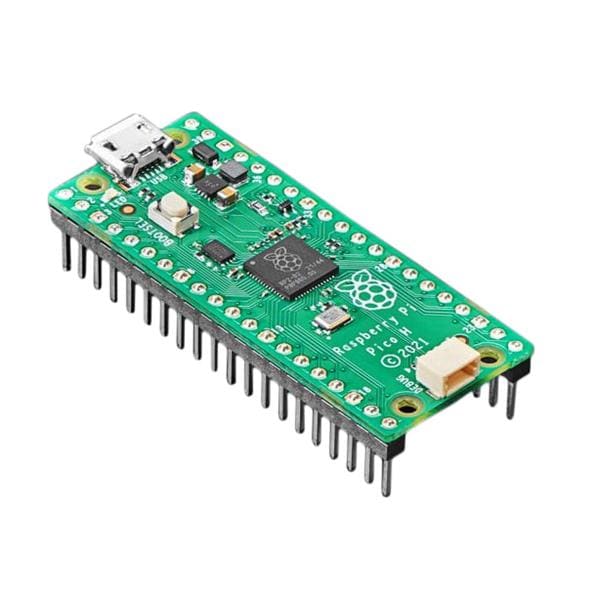
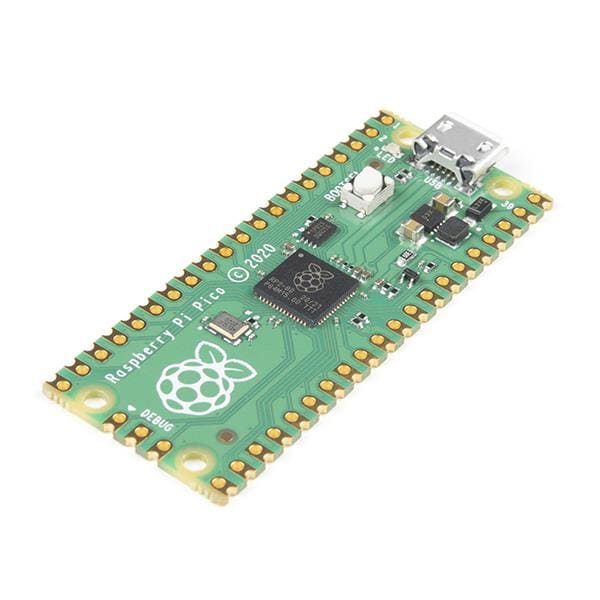
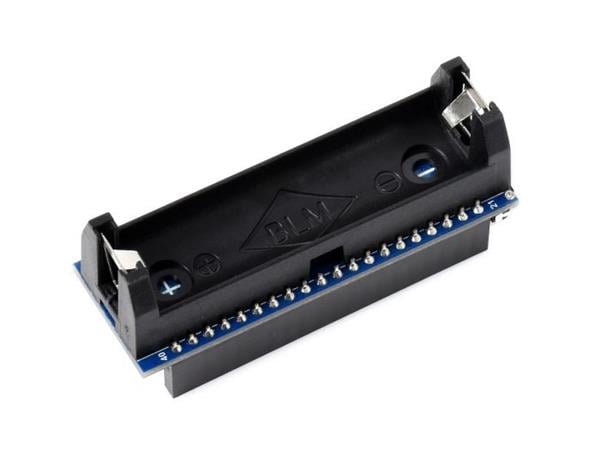
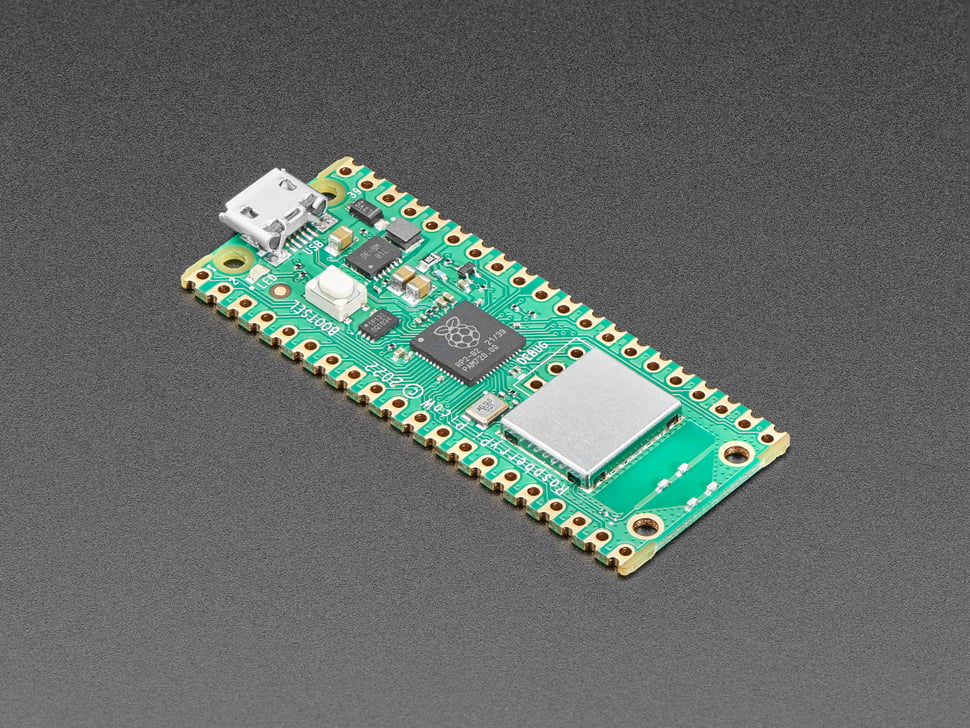

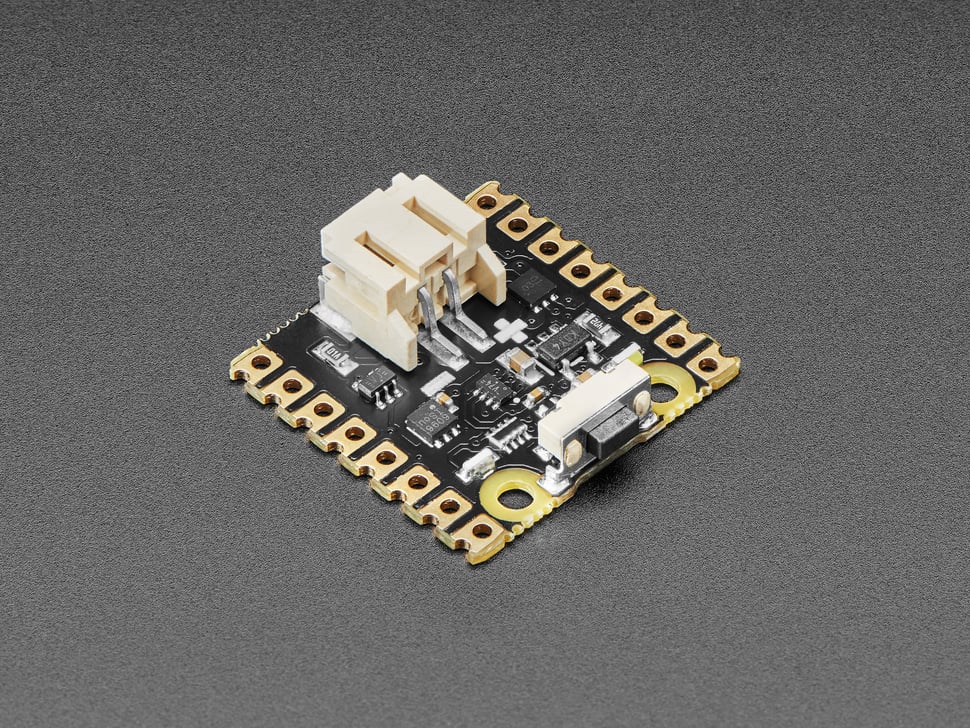
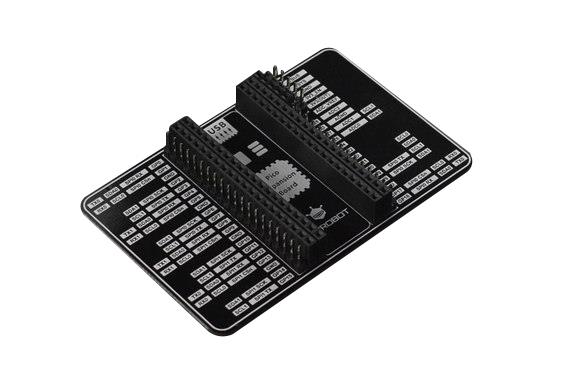
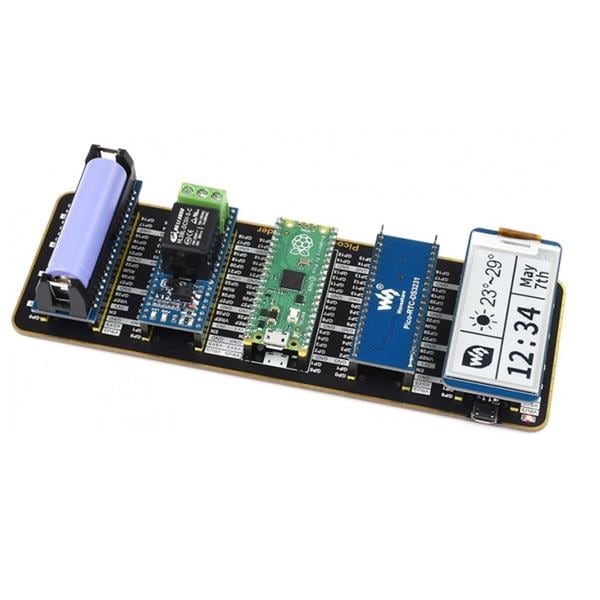
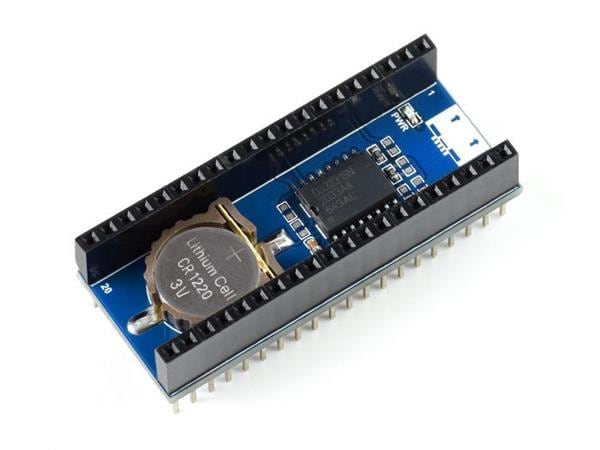
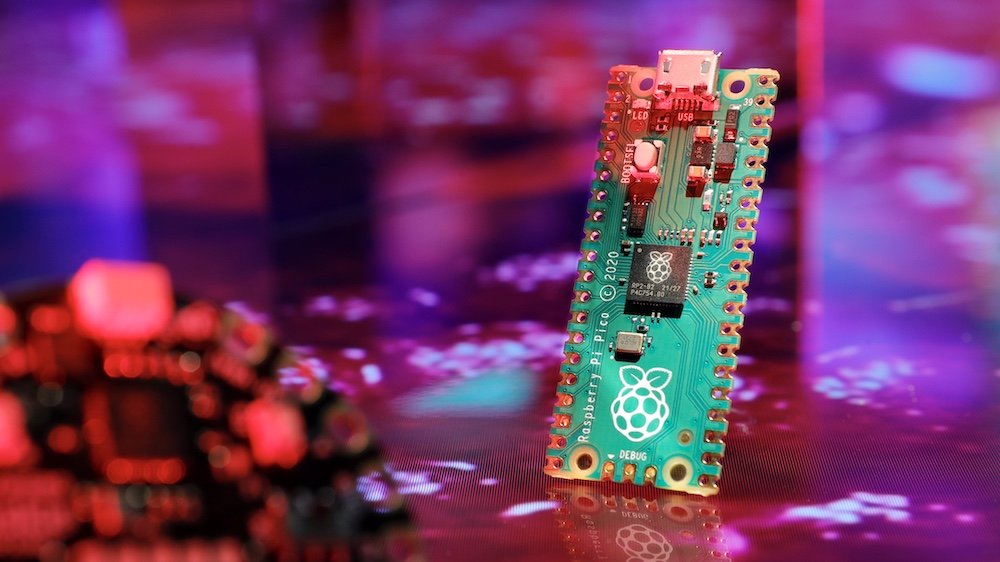

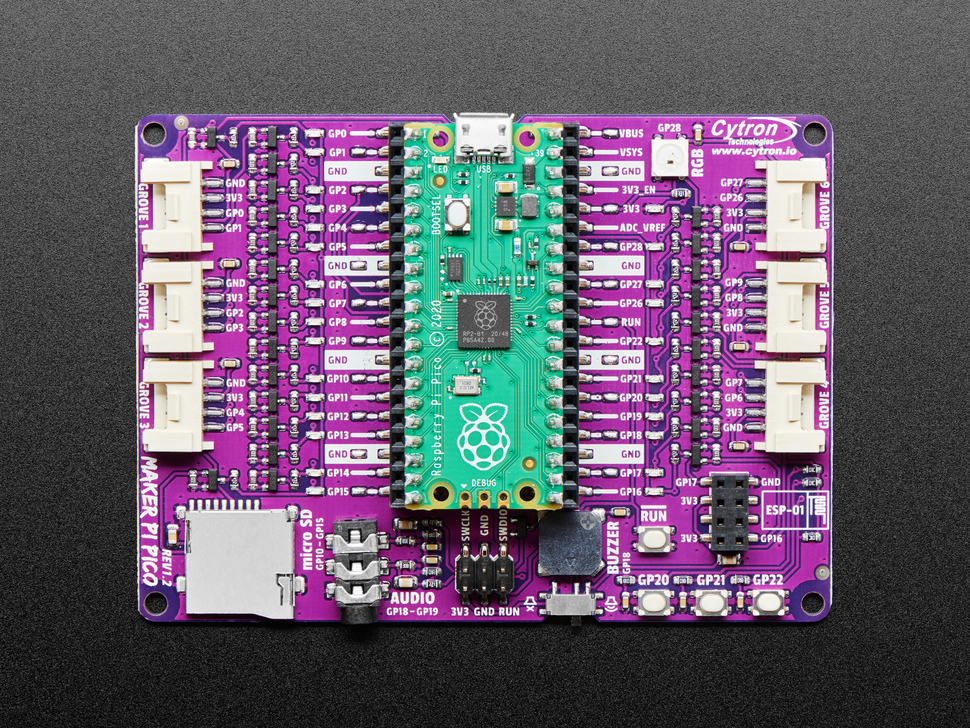
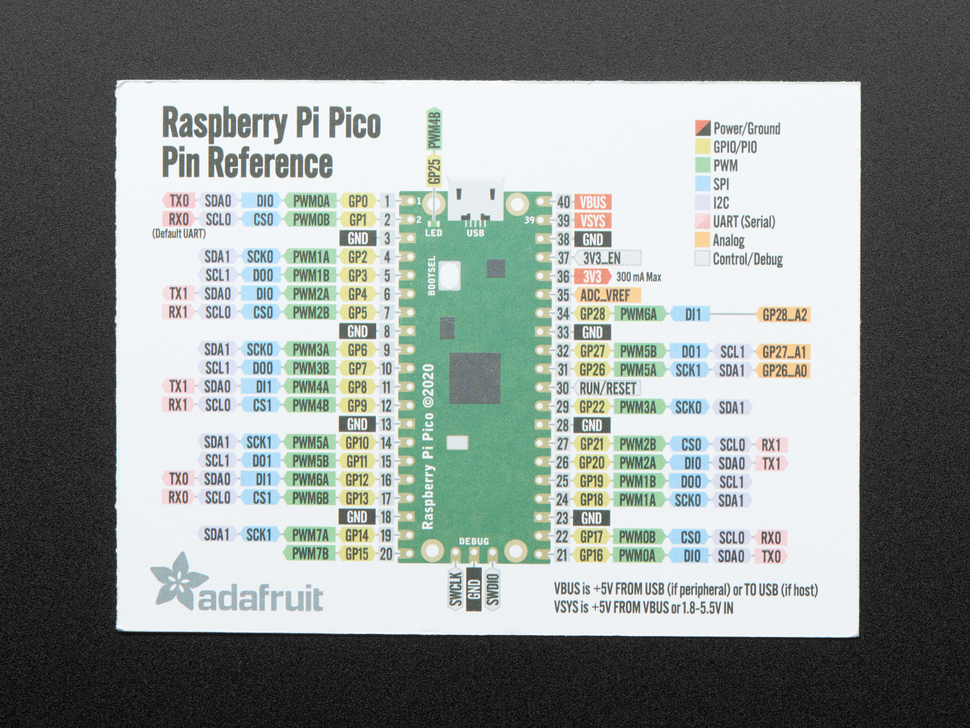


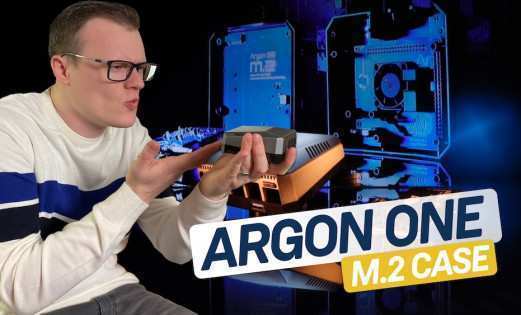
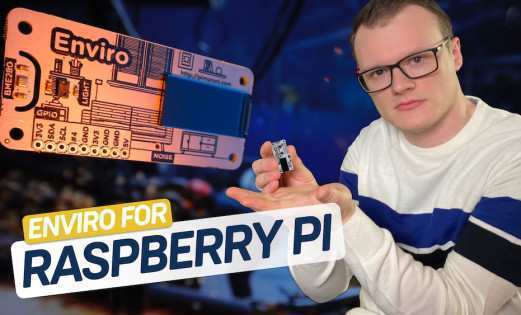
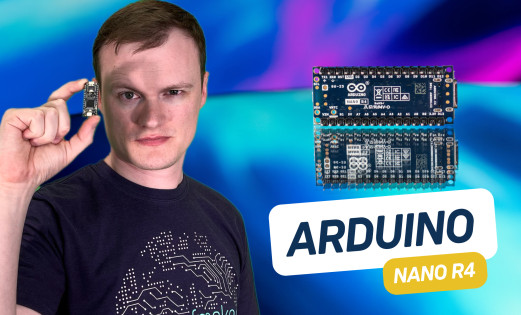
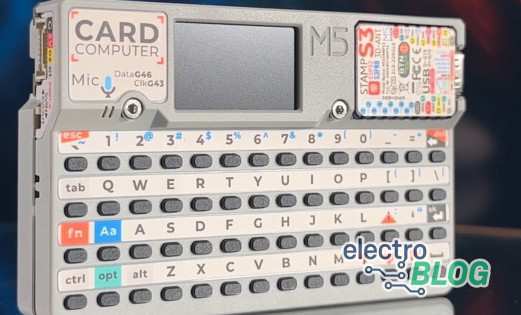

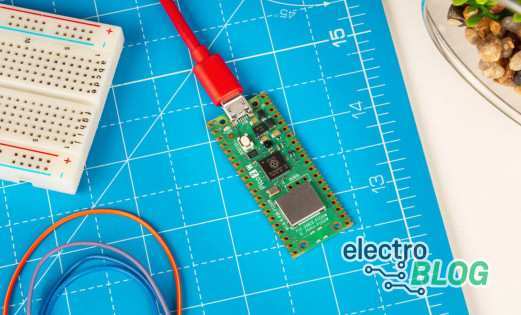
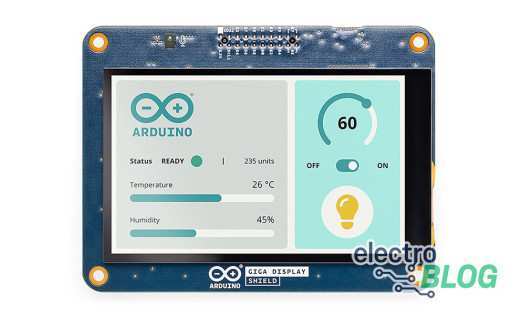
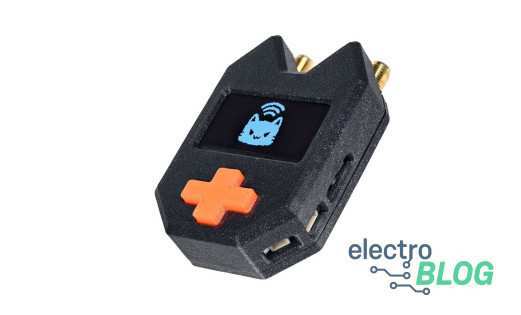
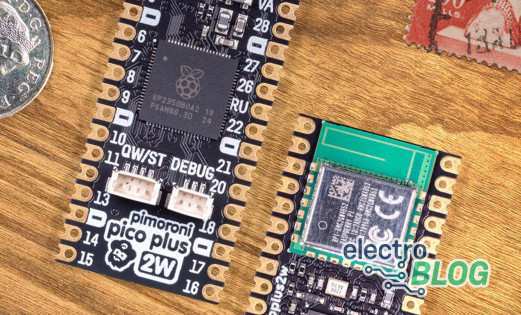
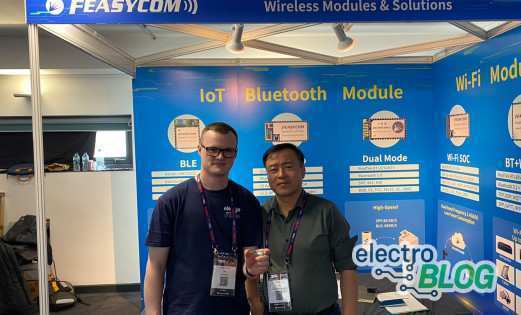

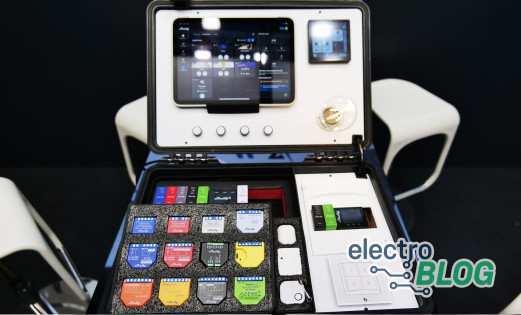
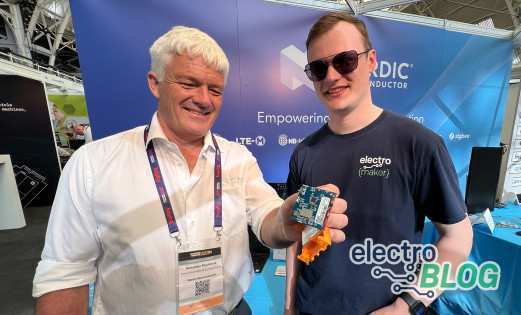
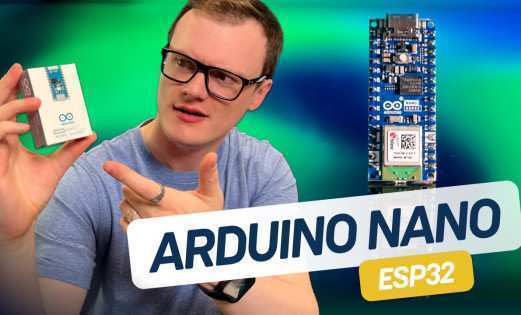
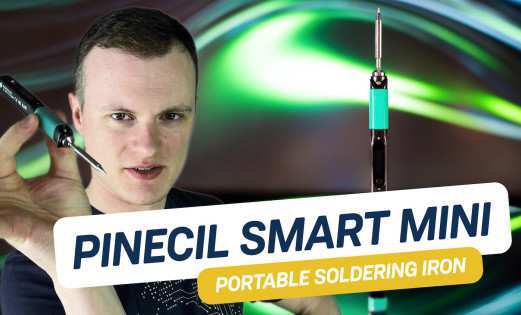

Leave your feedback...